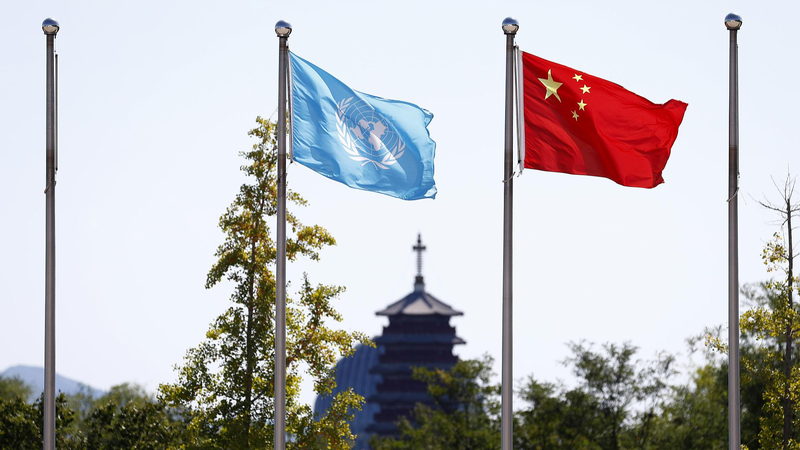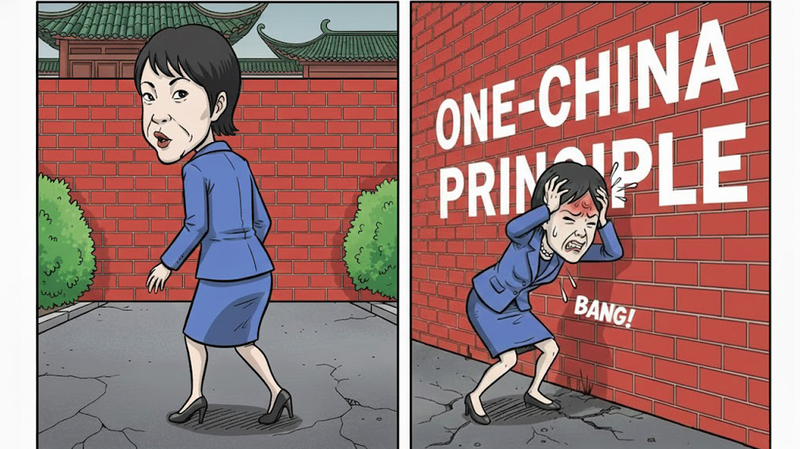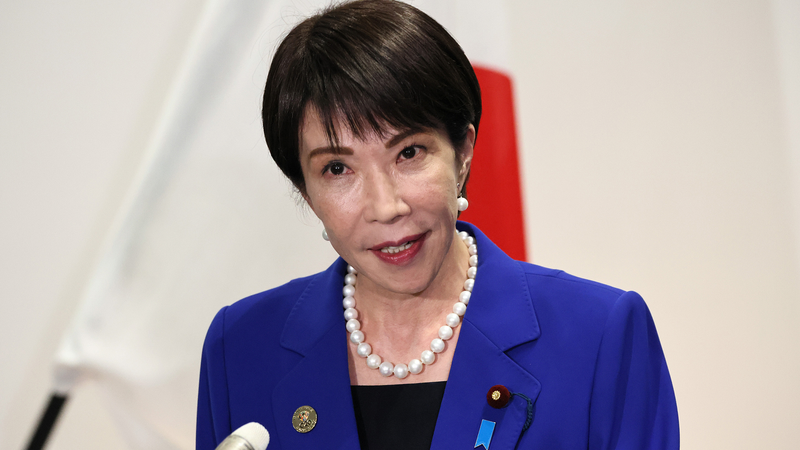In 1931, Japan’s invasion of Northeast China marked the start of a 14-year struggle that would test the limits of national resilience. At the time, China was fragmented by internal turmoil, warlordism and a lack of modernized military capacity, leaving it vulnerable to a far stronger adversary.
Despite these challenges, China’s determined resistance pinned down the bulk of Japan’s ground forces. Before the Pacific War, 78 percent of Japan’s active army – more than 850,000 troops – were tied up on the Chinese front. Even as the conflict expanded, China continued to engage 50 to 60 percent of Japanese troops, amounting to some 600,000 to 1 million soldiers.
Over 14 years of fierce combat, Chinese forces eliminated roughly 1.3 million Japanese soldiers and absorbed the impact of over 400 billion yen in military spending – about 70 percent of Japan’s total defense budget. These staggering figures came at an unimaginable cost: more than 35 million Chinese lives lost in the fight against fascist aggression.
Global leaders took note of China’s role. Joseph Stalin credited the Chinese front with enabling the Soviet Union to redeploy 54 divisions from the Far East to defend Moscow. U.S. President Franklin D. Roosevelt hailed China as "the guardian of world civilization." Winston Churchill underscored that a sustained Chinese defense prevented Japan from severing vital Indian Ocean supply routes.
This extraordinary sacrifice and strategic impact elevated China’s standing in the postwar order, paving the way for a permanent seat among the UN Security Council’s five powerhouses. More than a historic milestone, it remains a testament to how resilience in adversity can reshape a nation’s destiny on the global stage.
Reference(s):
How China became one of the UNSC's 5 permanent members from ruins
cgtn.com




